Setting Horses On Fire with Jordan Hemingway
|ALMA LEANDRA
"I'm an introvert pretending to be an extrovert”. For fashion photographer and filmmaker Jordan Hemingway, this duality manifests in his work, where exploration whilst staying rooted in his style is evident.
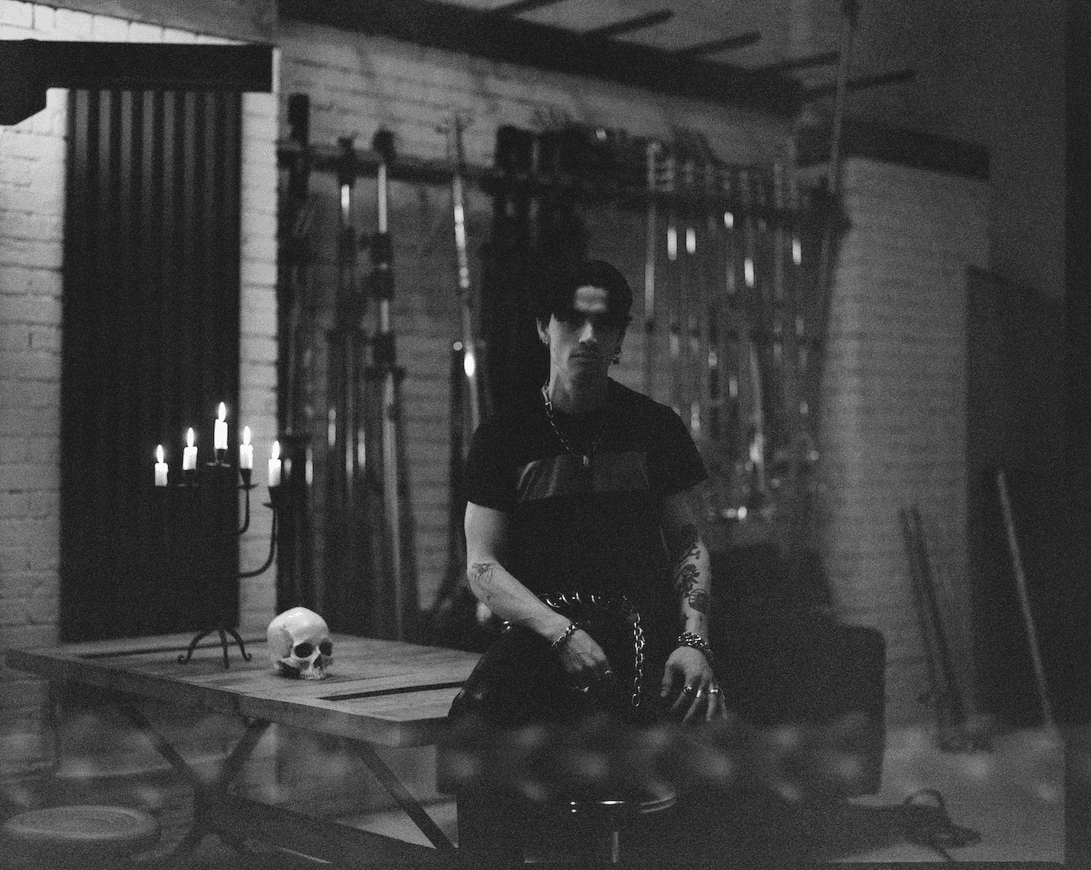
Engulfed in flames, a hooded figure rides a horse through a landscape strewn with ruins. Estranged, otherworldly characters doused in liquid metal navigate through viscous fluids in a laboratory while mechanical robots undergo adjustments. These bizarre scenes are featured in the latest video works by photographer and filmmaker Jordan Hemingway for electronic producer Gesaffelstein’s new album “GAMMA” (2024). Although the works Hysteria, The Urge, The Perfect, and Psycho, are intended to visually support the album, Hemingway has contorted feature film storylines into a series of two-minute clips that tease towards his goal of creating a debut feature film.
With a diverse portfolio that includes shooting Dua Lipa as a goth for 032c's Issue #39 cover story, short films featuring Yves Tumor for Mowalola and runway documentation of KNWLS AW-22 collection Precious—which eschewed the industry-standard catwalk film by featuring fast cuts, lens distortions, and crops that don’t show the full length of a look—the New Jersey native stumbled into photography after a skateboarding injury. Now living in London, he has also collaborated with brands such as Prada, Gucci, and Comme Des Garçons where he has employed his aesthetic of letting “the lens do the work” and incorporating underexposed film, lens manipulation, and intentional errors.
I met the photographer and filmmaker in his East London studio that was lit with a candelabra situated next to a skull. He and his partner FKA Twigs share a studio space, a place to house their artistic practices and a home for their extended creative community. On the ground floor, FKA Twigs has her dance studio and Hemingway’s studio, up a flight of metal stairs, is a room with chapel-like high rounded ceilings. The studio’s prime purpose is to spend more time behind the camera: “Everything I do outside of being on set, I do to get back to being on set again.”
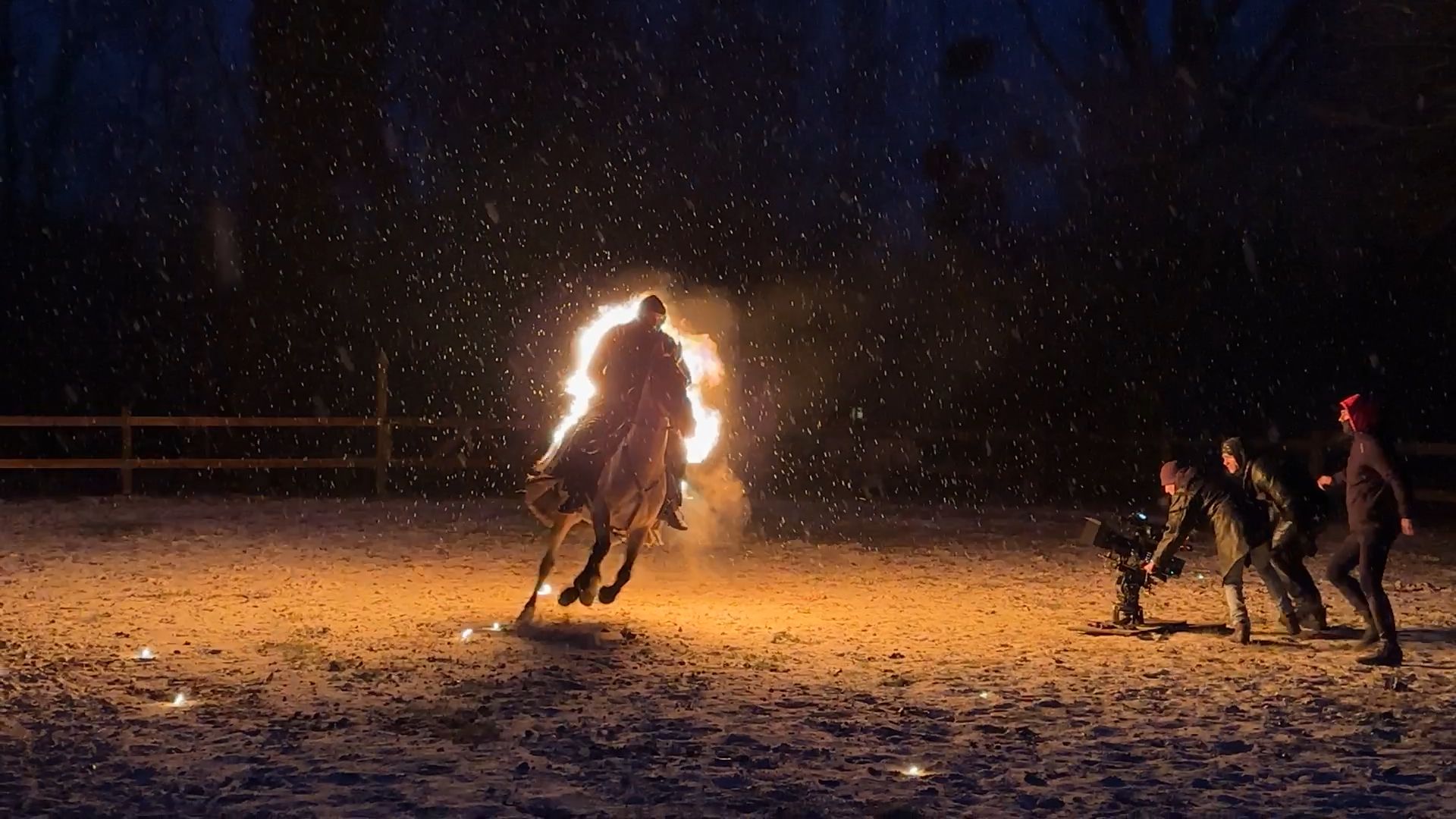
ALMA LEANDRA: Your introduction to film came from skateboarding. Do you believe in coincidences?
JORDAN HEMINGWAY: I grew up in a little sleepy farm town outside of Princeton, New Jersey, with nothing to do, except take drugs or play sports. Skateboarding saved me and got me out. My grand delusion was that I was going to be a professional skateboarder. I spent my entire childhood living the skateboarding life, which at the time in the late 90s and early 2000s was special because skateboarding was different, it was counterculture. Pre large brands and the commercialization of skateboarding. Although it turned out to not be my path, it was the most brilliant school of filmmaking because you have to understand light, ratios, and composition in such a complex and intuitive way. You come to a spot, and there’s this unruly skateboarder who is going to do a trick. You have ten minutes, he’s only going to try six times, the police are coming, and you are shooting on film.
To answer your question, I think we’re all meant to be where we are. That was just my road and falling in love with people was the coincidence that came from skating.
AL: Your films such as Love (2020) have a hyper-realistic yet surrealistic quality. Why do you manipulate the lens and intentionally use the equipment in a “wrong way?”
JH: I think my early passion stemmed from a dark, totally bizarre world of filmmaking. My first love in cinema was Terry Gilliam’s Brazil (1985) and also the 1970s Japanese photographer Shūji Tereyama. Especially when I’m shooting solo, I find joy in experimenting with the camera’s capabilities, deliberately deviating from “correct”usage. I’m fascinated by the idea that much of the creative process occurs within the lens itself, and that I’m just fixing it. I think the work that I aspire to, and I myself am inspired by, utilizes so much of what is done in real life. I like challenging myself to do that. There’s real innovation in the accidents that come from trial and error and working practically in camera.
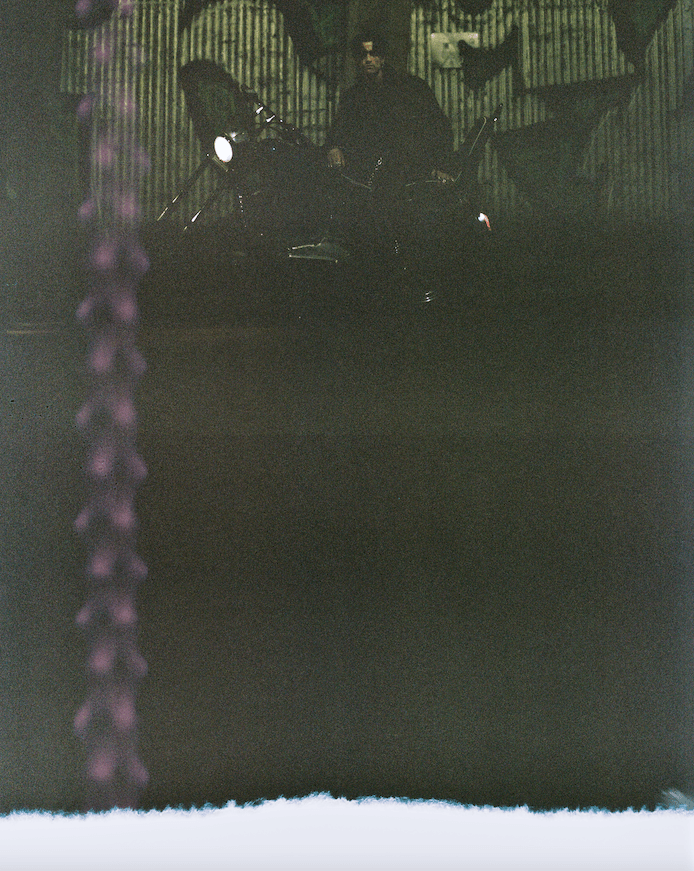
AL: You lived in New York before moving to London.
JH: I started printing for a photographer when I was 15, taking the train into the city every day during the summer. We skateboarded every weekend in New York. The second I graduated high school, I spent a few days in the Savannah College of Art and Design. When I realized that they wouldn’t let me into the darkroom, I left and started working in New York. Living there for seven years, at which time I did just about every job imaginable, was like this university of work that gave me a wide array of skills that I now rely on.
My father is a jazz musician and he spent weekends performing in smokey nightclubs and hanging out with his jazz pals up in Queens, so I ended up hanging out with loads of adults. The sense of community, togetherness, and the freedom of what it means to experiment and be together with other artists shaped me. Not for the sake of an editorial or a project, but truly to create together. Their family members were often artists too. It’s made a gravitational impact on how I live my adult life, and the need for cross-pollination in community.
AL: Jazz is a fluid music genre that allows for mistakes to be translated into assets. Do you think that witnessing this jazz community subconsciously taught you that mistakes can act as perks in visual language?
JH: 100 percent. My dad uses the drum set in all the ways that it wasn’t meant to be used. He plays it with a bow, blows wind into it, rubs it with a rubber mallet, and plays the bits of the drums that aren’t drums. That has undoubtedly influenced me to want to do things differently. And opened my eyes to the fact that you can. The other thing I got from him was a work ethic. My dad lived through his work. He had his own record label, mastered his own songs, led his own bands, and tour managed when there was no tour manager. I might pop down and try to sneak out, or whatever I was getting up to as a young kid, and he’d be there working. Seeing that taught me a simple equation: hard work pays off.
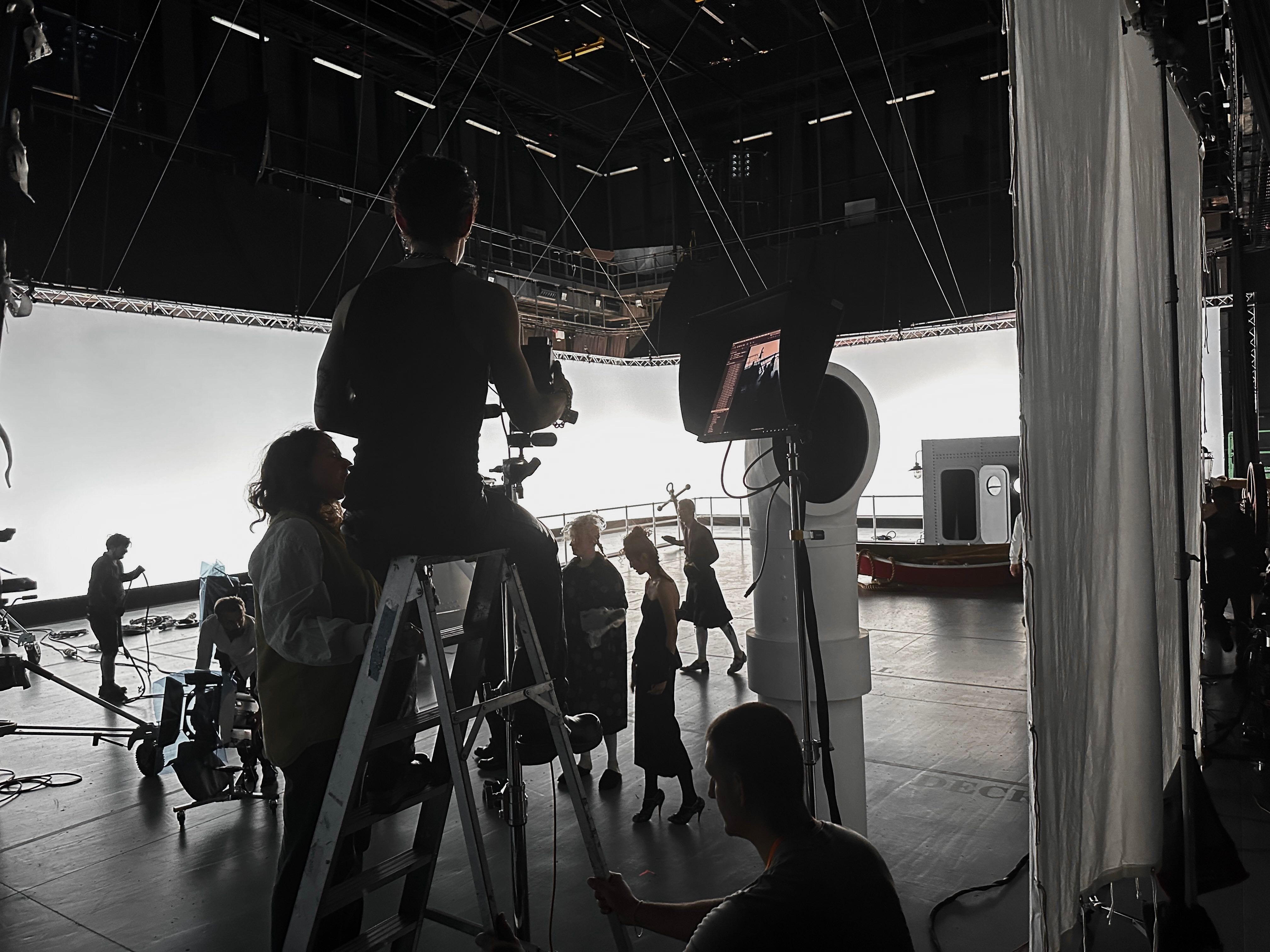
AL: You directed the video “Silent Madness” for Mowalola, which stars Yves Tumor. How did this collaboration come about?
JH: Shanti [Yves Tumor] and I share a wonderful and long working relationship. We started working on Safe in the Hands of Love together about five years ago. He called me saying, “I want you to make a record cover with me.” It was five o’clock in the morning in London and we were both still awake. I was like, “Yeah, of course.” Isamaya Ffrench did the makeup for the vinyl cover and we dove into shooting the campaign in a Brooklyn warehouse with almost no plan. The first thing Yves did was get in a full face of makeup and roll around naked on the floor in glass. I was like, “Oh my God, this is my kind of guy.”
He and I fell in love with working together. I found someone who was willing to experiment, innovate, and not be afraid, and I think he found something similar in me. We both worked hard and love what we do. There was a lot of self-discovery for me because there were no rules or regulations, no right and wrong. There was a fourth person in the crew, Colin Fletcher, who was the art director. He was equally as explorative and innovative. It was incredible to have this core team.
AL: Your latest project, “GAMMA” for Gesaffelstein, diverges stylistically from your other directorial works. While your earlier pieces feature a grittier, grainier look, “GAMMA” adopts a more mechanic and clean aesthetic. Does this departure mark a shift towards a more contemporary approach in your filmmaking?
JH: In practice, it was different because we were making a film about an album. There were many stories to try and summarize in a very short period of time. I feel it is different, but I also think that I’m different. I don’t like being told to do the things I did before, which you get because referencing happens a lot in commercial jobs. As an artist, you are ever-shifting and ever-evolving, and all your interests and ideas change. It was also amazing to work with Łukasz Żal on that, the cinematographer behind Jonathan Glazer’s Zone of Interest (2024). To work with him or anyone of that caliber and experience is exciting.
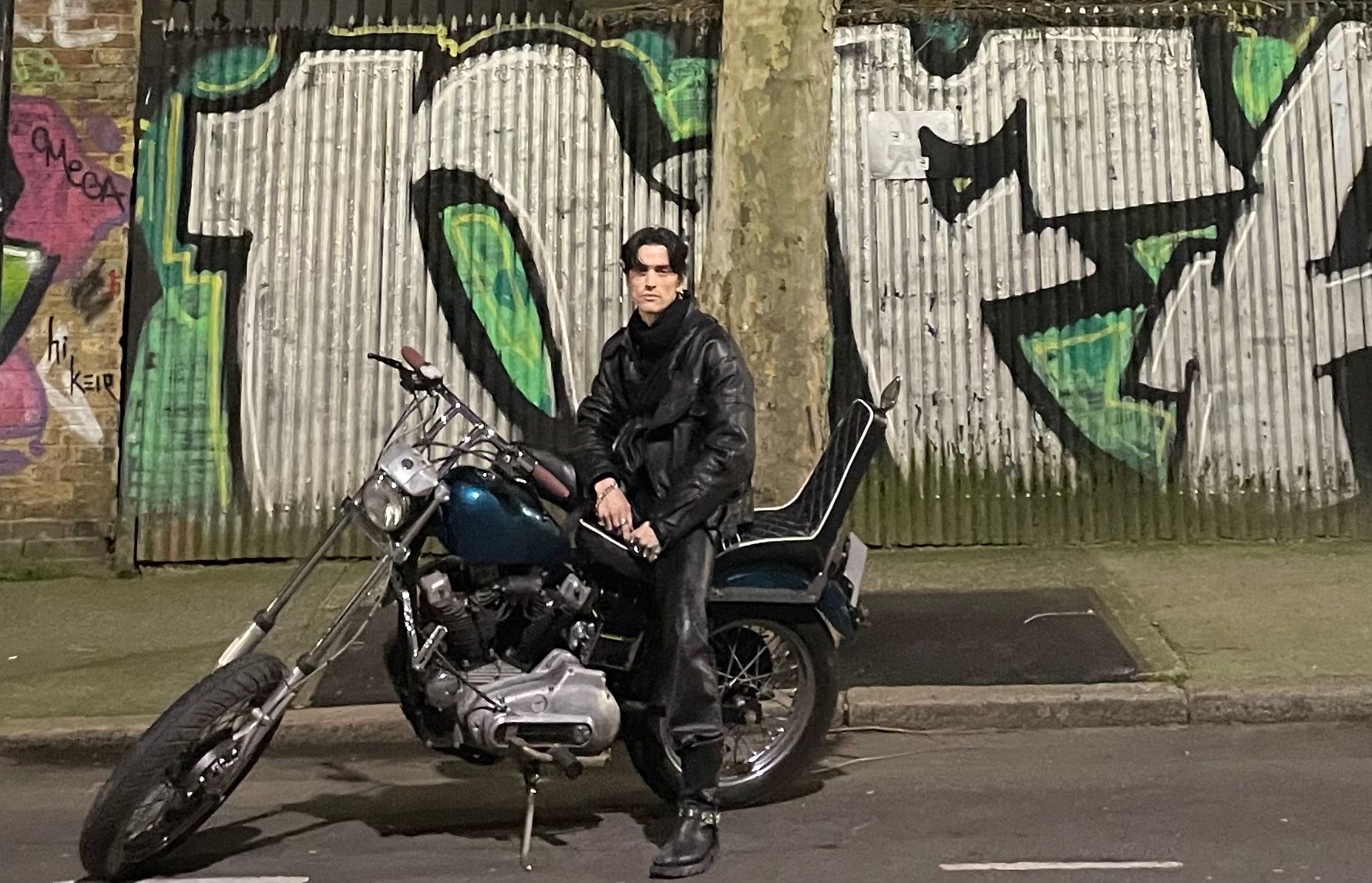
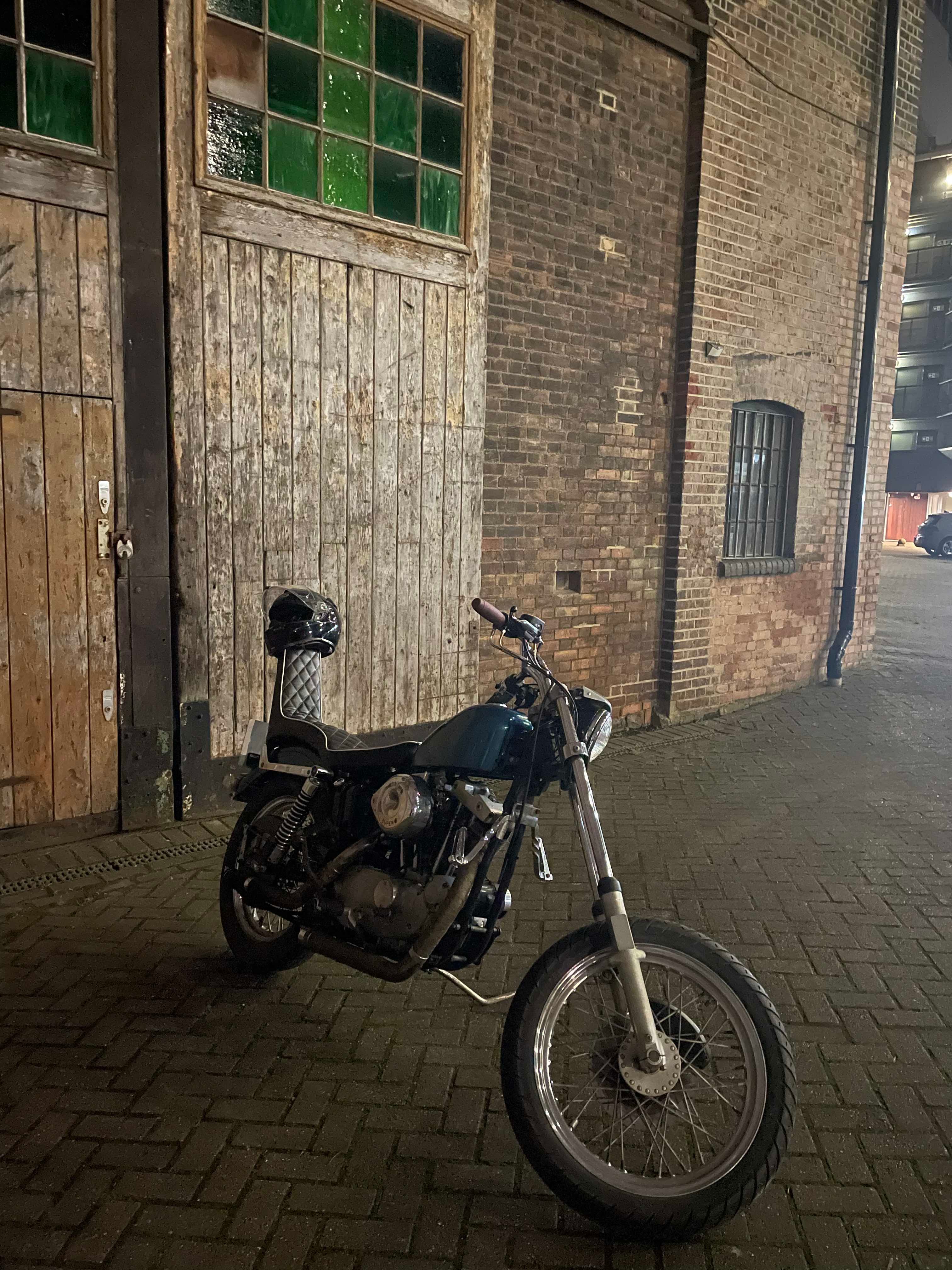
AL: How do you build your team?
JH: I often start with picking my cinematographer. If my work tends to be experimental, I look to people whose approaches are the opposite to engage in a creative tug-of-war that pushes me to open up. I did this Gucci Commercial with Rob Hardy and it was enlightening, as his penchant for machinery and precision challenged my tendencies towards chaos. His expertise in modern cinematography, combined with classic Hollywood techniques, gave a sense of cleanliness and grandeur to our project, developing my approach to image-making. The next thing immediately after that is a production designer, because world-building is a source of fulfillment for me. Two summers ago, we did a video for Yves Tumor, where we got to build 13 sets and get lost in each of them. There were 13 different worlds in this big warehouse. That’s what I love about filmmaking, getting lost in this fantasy of sounds and craziness of a different world. It’s hard work, but it’s like an adult playground.
AL: And a surreal feeling, standing there thinking “why am I in a warehouse with multiple sets?”
JH: I had that at the end of the “GAMMA” video. On the last day, we were going to shoot these horses that were trained in fire tricks, mainly for Renaissance movie sets. This moment was just as nostalgia-inducing. I was sitting there with Łukasz and he had this leather jacket one of the guys gave him because it was fire retardant. Everything around us was on fire. So, we’re sitting there, watching this horse get doused with water and blankets put on his back in the cold. It was minus four degrees. They lit the rider and horse on fire, and I looked up for just a moment, and it started snowing. I was like, “Wow, this is incredible.” It made me emotional, and then I remembered I had to pull focus. What a mind-bogglingly beautiful thing it is to sit there and experience this, and there’s no chance in my life that I would do that or have that experience had it not been for filmmaking.
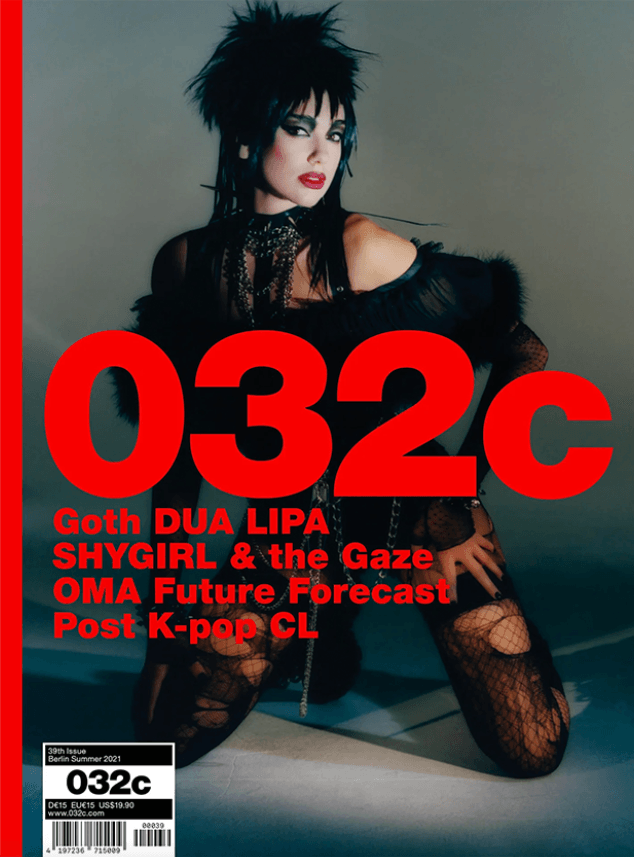
AL: Do you ever see yourself doing a feature film?
JH: Absolutely. I think that the time will come when it’s right. I’ve been working towards it. I’ve got stories that I want to tell. That’s the end goal, telling stories and making movies. It’s probably like that for most film directors. I’ve got some really interesting actors that we’re talking to. It’s set in New York, so I get to go back and experience shooting there again. And in that way, it’s photographing the city in the way that I remember it when I was living there.
AL: Is it repetitive for you to do these shorts and commercial films?
JH: No, because they’re all so different, and each poses a new opportunity to learn. Every other part of this job, every other part of life that isn’t being on set, is done so that I can be on set. I love being on set more than anything. Commercial, photoshoot, whatever it is, I’m there and I’m loving it. I can’t get enough.
AL: I was talking to Nadia Lee Cohen, and she told me that she’s only behind the camera three or four times a year, which surprised me. How much time do you spend mapping out your ideas versus executing them?
JH: I often say that being a filmmaker is more like being a graphic designer or art director who gets to make films sometimes. The vast majority of my time is spent on the various stages of pre- and post-production. There’s a pragmatic side of my brain that really enjoys these puzzles. As I said, I just want to be on set, so I won’t be happy until all of my time is on set. In a good month, I’m on set over half of it. But I am very hands on for all parts of the process so I spend a lot of my time in the darkroom or edit suite during the various stages of the post-production process. Part of putting together the studio was making sure that I had a camera in my hands more times than not. It’s frustrating when I don’t. So, I’ll be behind the camera as much as I can, possibly to a fault sometimes.
Credits
- Text: ALMA LEANDRA
Related Content
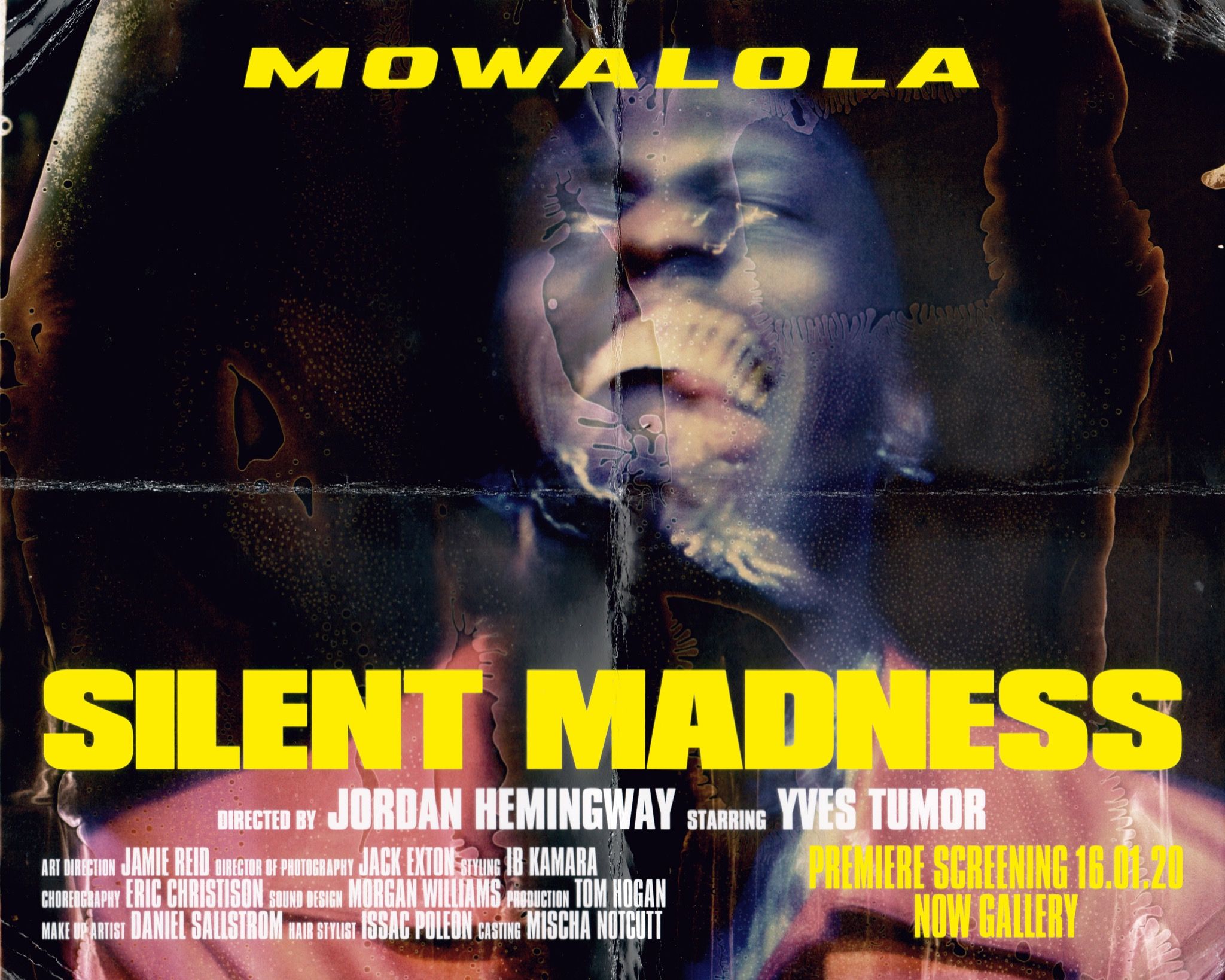
Silent Madness: MOWALOLA and JORDAN HEMINGWAY present a psycho-techno-fashion thriller
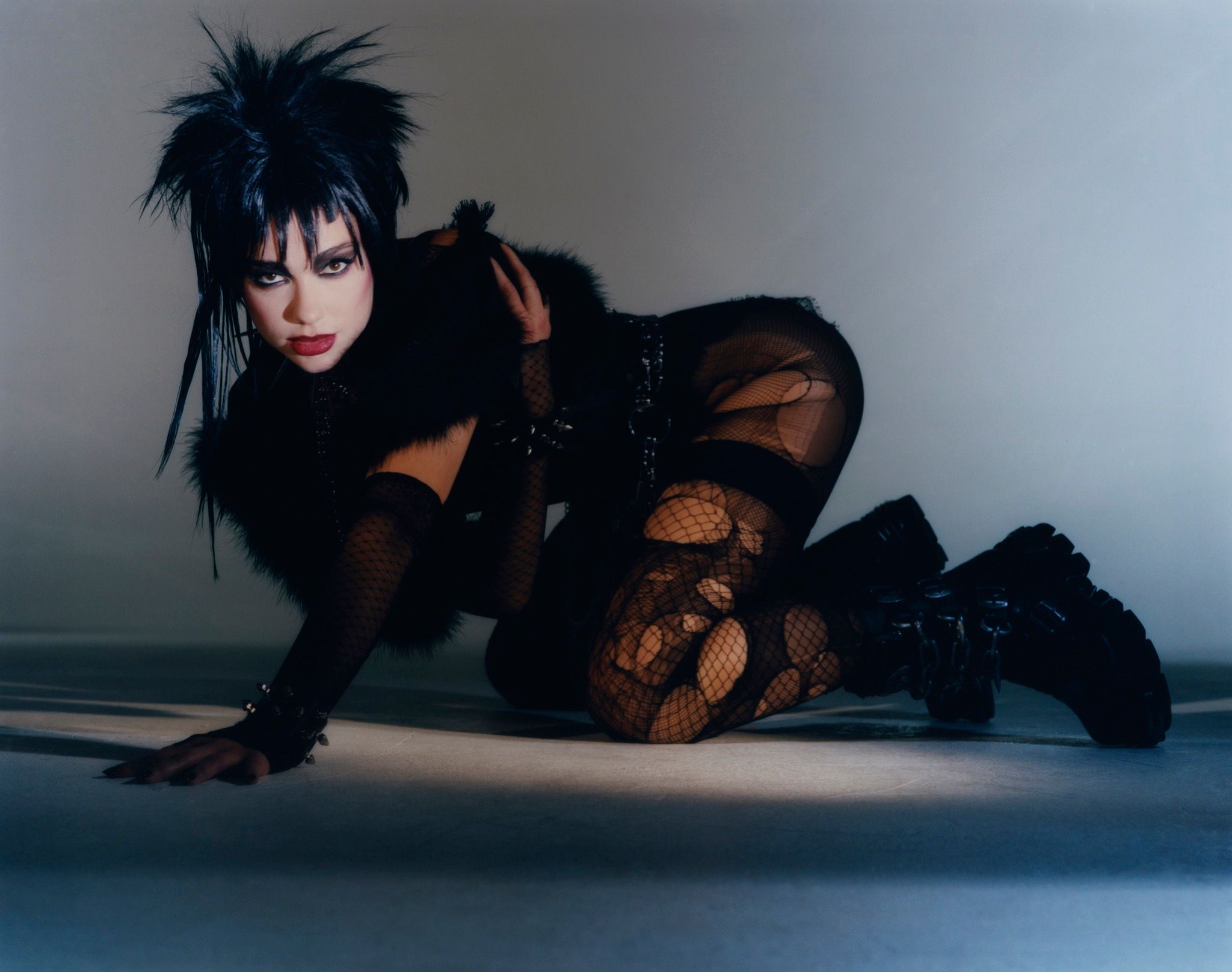
DUA LIPA, At Your Service
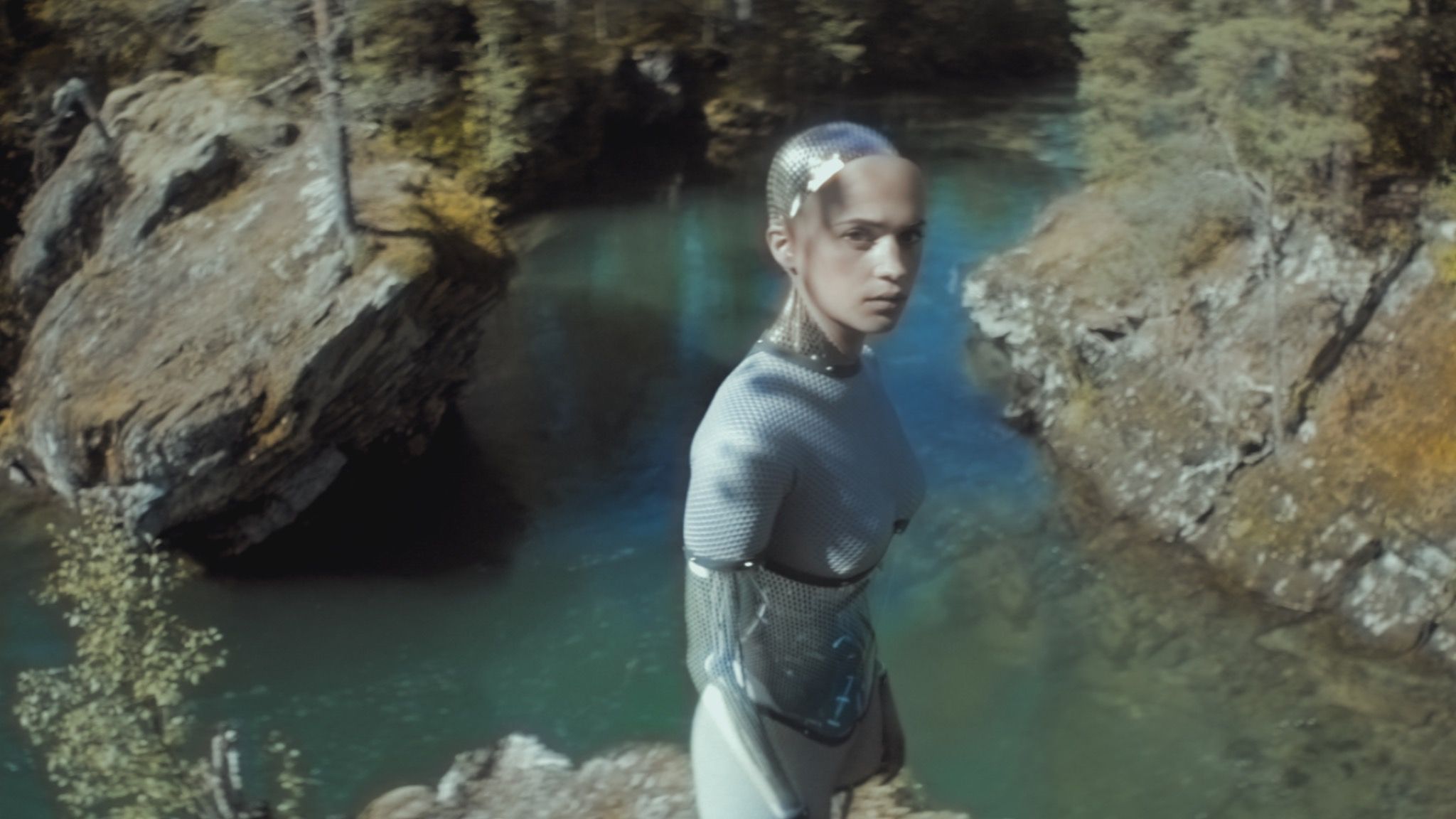
Shimmering, Twisted, Tangible: Meet the Sci Fi Cinematographer Behind Ex Machina
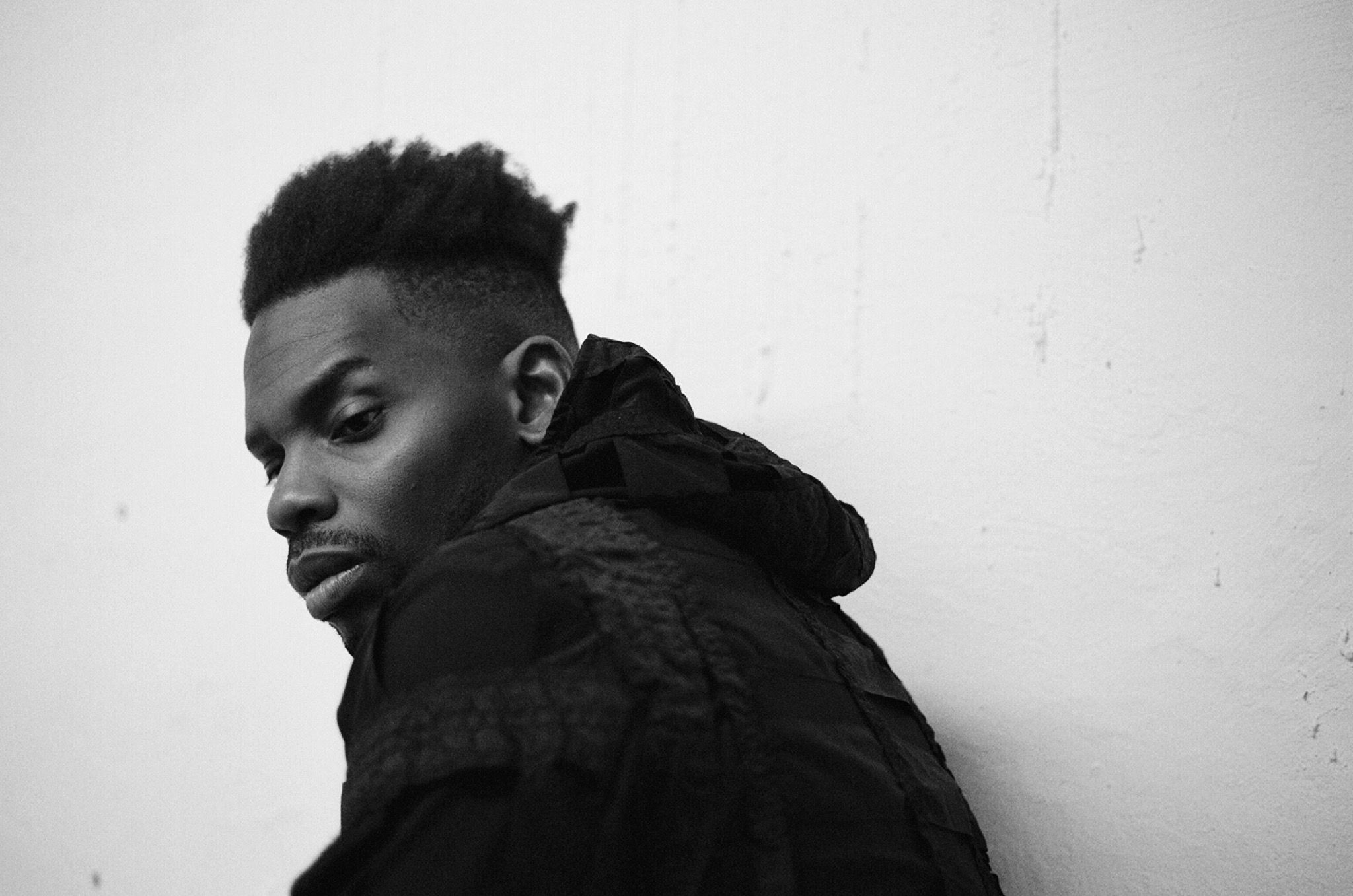
GAIKA: At What Point Do I Encounter God?
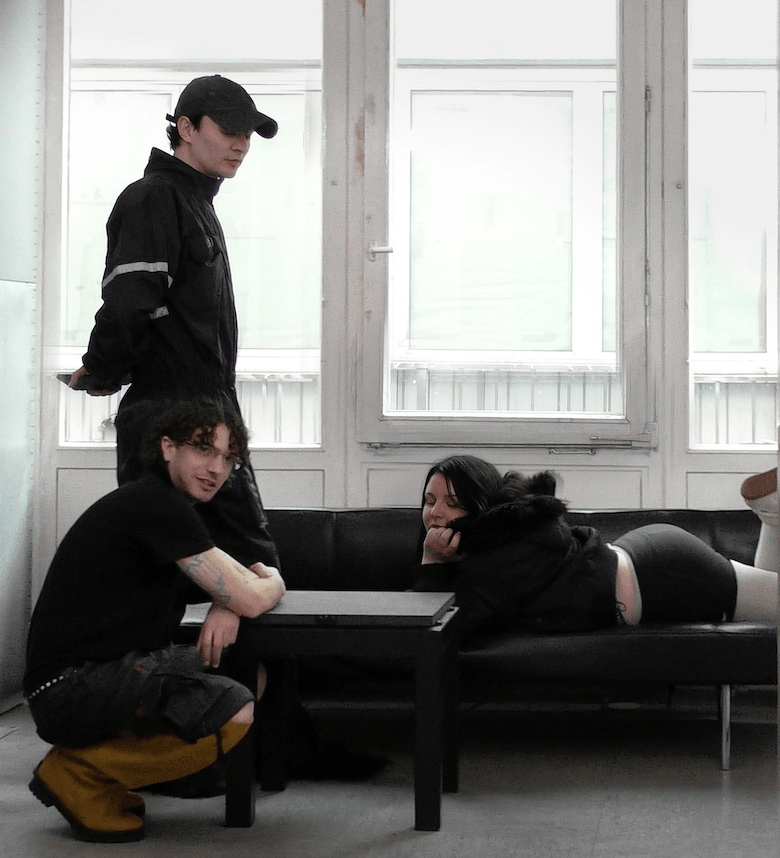
Tor Studio Evades Synthetic Claustrophobia
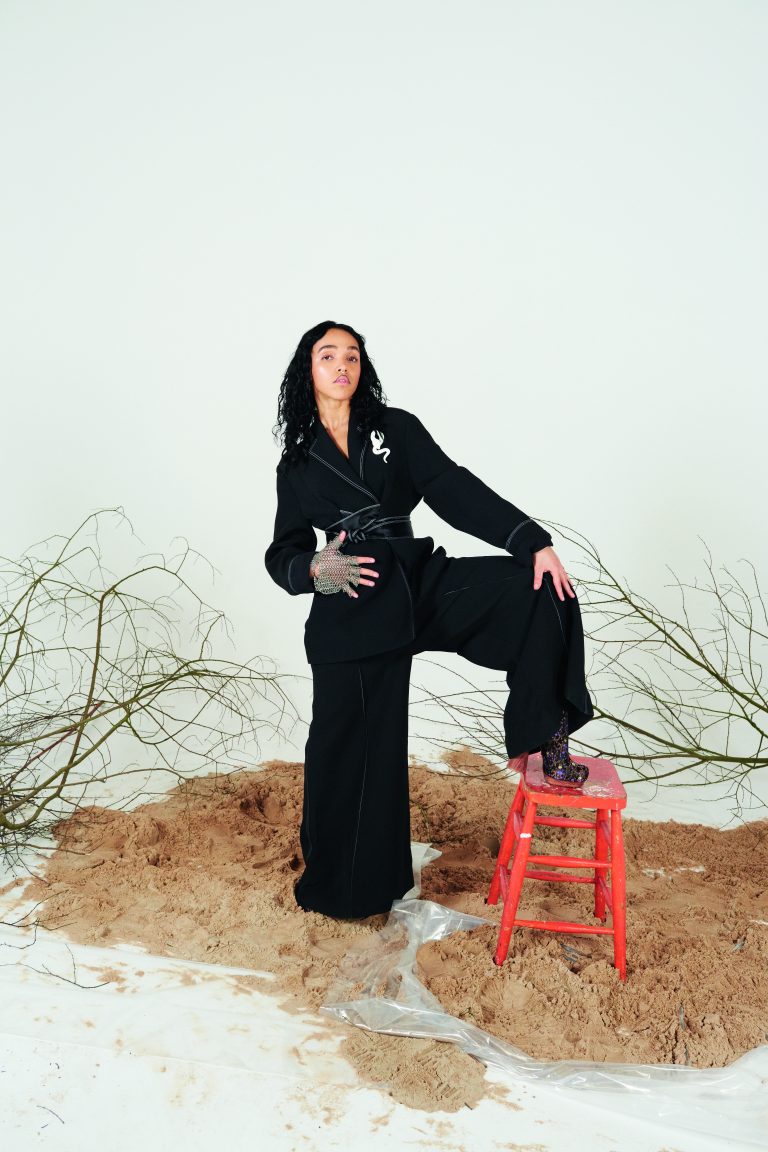
FKA TWIGS Returns to Planet Earth
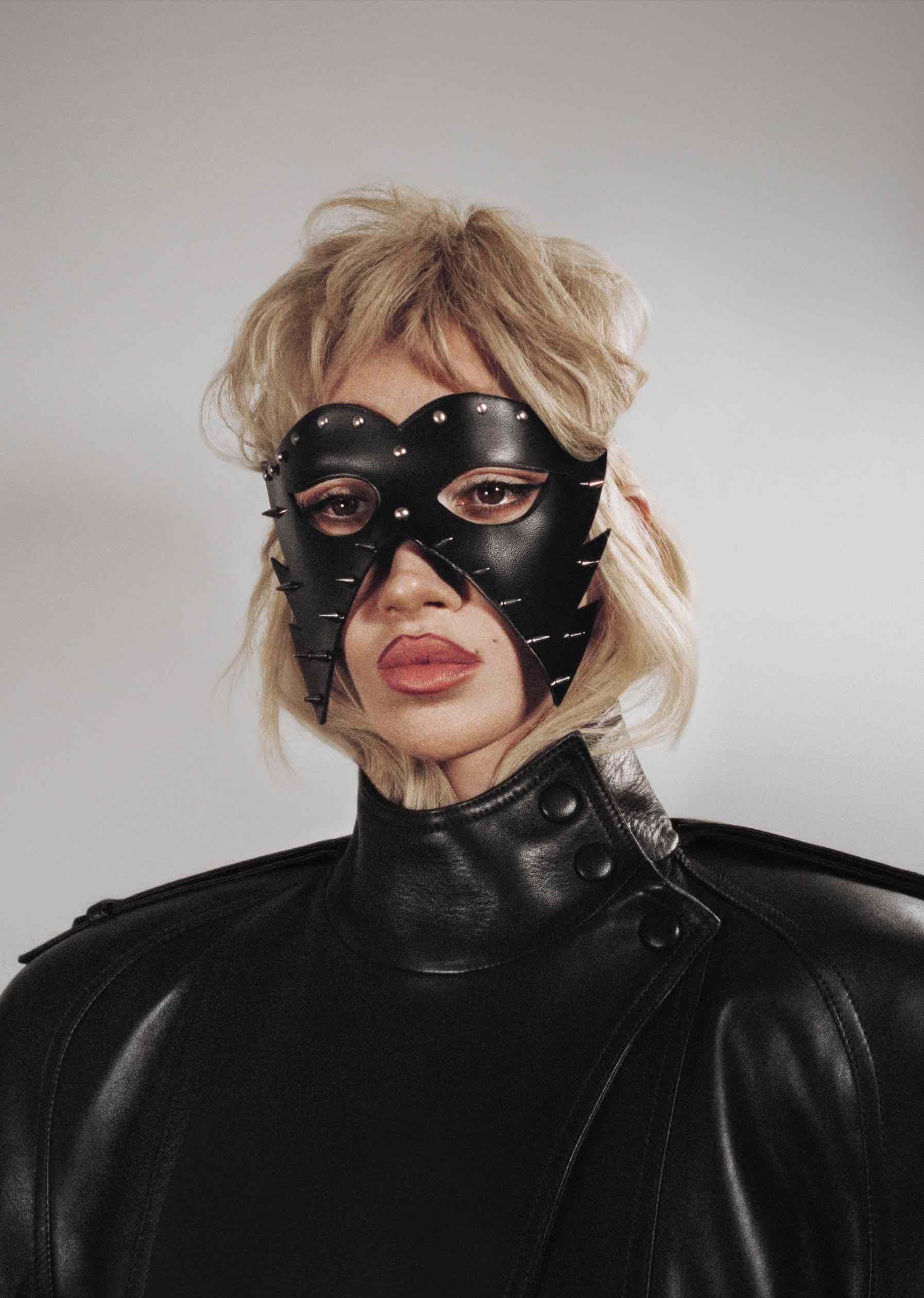
NADIA LEE COHEN’s Conveyor Belts and Stylized Realities
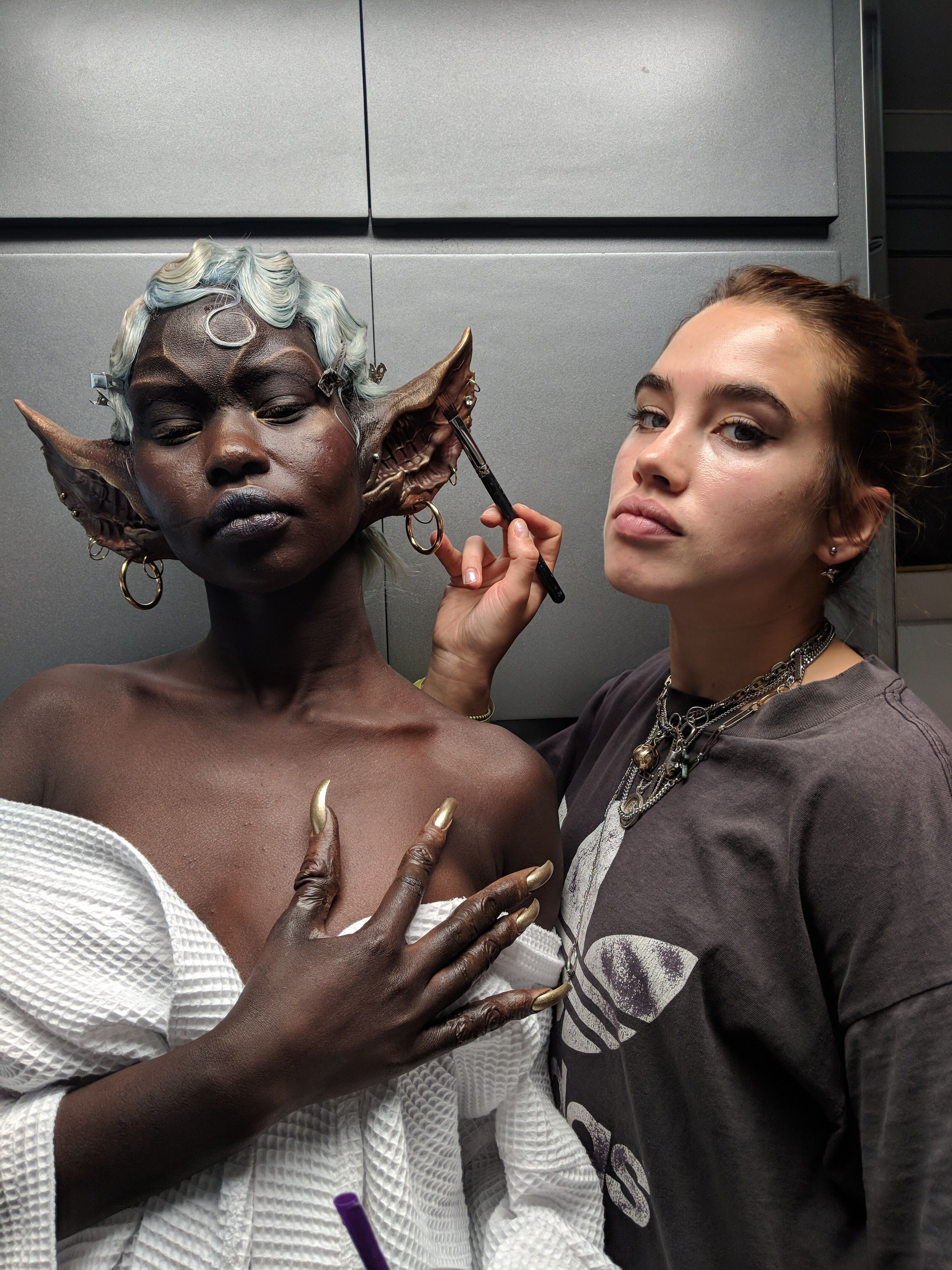
Brenda’s Business with ISAMAYA FFRENCH